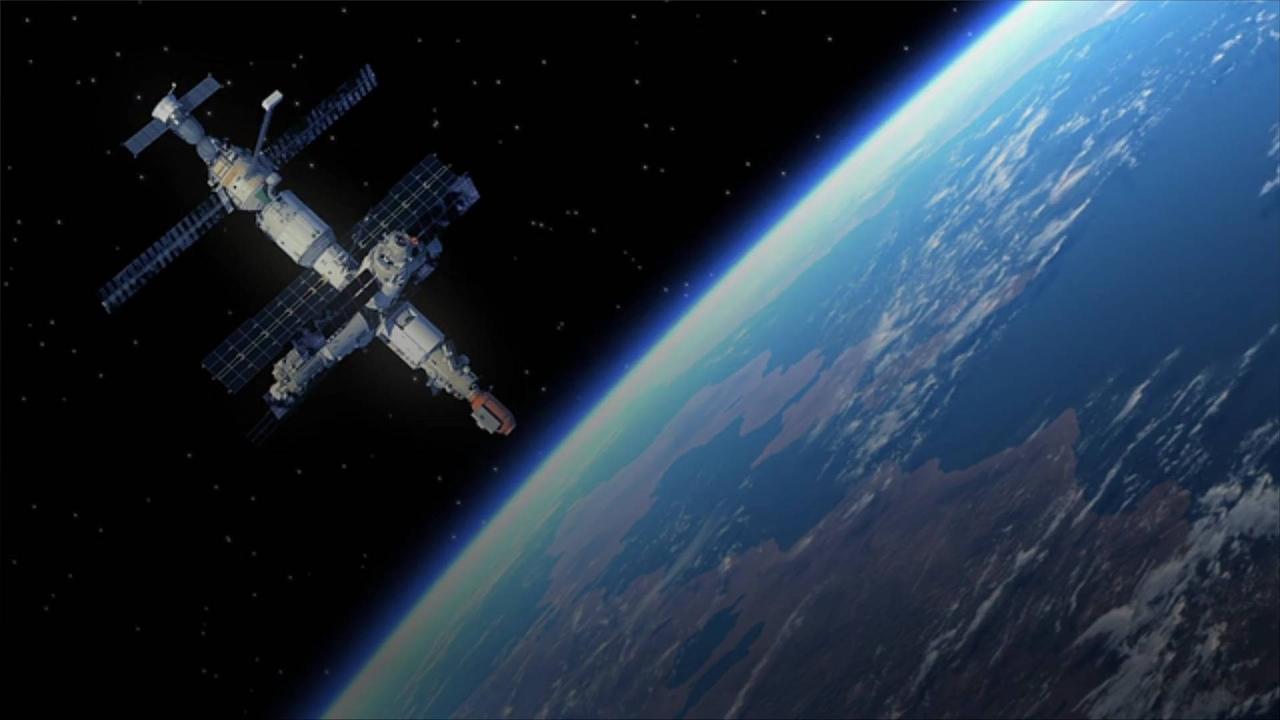NASA Is Funding the Projects of the Future

NASA Is Funding the Projects of the Future
NASA Is Funding , the Projects of the Future.
Last week, NASA's Innovative Advanced Concepts (NIAC) program announced grants for 14 teams exploring high-risk, high-reward projects.
'Wired' reports that some of the projects, like a lunar oxygen pipeline or new building material for use on Mars, could be technological game changers.
These are things looking 20 to 30 years down the road to see how we could drastically improve or enable new types of NASA missions, Mike LaPoint, NASA's Innovative Advanced Concepts (NIAC), via 'Wired'.
The $175,000 grants will be used to lay out detailed plans, run tests and design new prototypes based off of Phase 1 projects.
The select few chosen to go on to Phase 2 will receive $600,000 for an additional two-year study.
A single exceptional project will then receive an award of $2 million to enter into another two-year long Phase 3 study.
According to 'Wired,' one of the most interesting projects is a proposal to build a habitat out of fungi and bacteria grown on the surface of Mars.
A University of Nebraska team is exploring the idea of self-growing building blocks using minerals formed within a bioreactor.
Another NIAC winner has proposed building a massive pipeline on the surface of the moon to deliver much-needed oxygen to astronauts on a future lunar base.
'Wired' reports that the new tech will create oxygen as a byproduct of mining for water ice utilizing a process called electrolysis


![‘India’s Space Hero Returns’: Shubhanshu Shukla SMILES as Historic AXIOM-4 Lands | Family Reacts [Video]](https://video.newsserve.net/300/v/20250715/1416566898-India-Space-Hero-Returns-Shubhanshu-Shukla.jpg)
![Trump administration backs out of plan to publish climate reports on NASA website [Video]](https://video.newsserve.net/300/v/20250715/1416540692-Trump-administration-backs-out-of-plan-to-publish.jpg)

![The biggest piece of Mars on Earth is being auctioned off in New York [Video]](https://video.newsserve.net/300/v/20250714/1416379824-The-biggest-piece-of-Mars-on-Earth-is.jpg)
![NASA's Future Crewed Mission to Mars Depends on Developing Nuclear Thermal Propulsion [Video]](https://video.newsserve.net/300/v/20230125/1347062606-NASA-Future-Crewed-Mission-to-Mars-Depends.jpg)
![SWOT: Earth Science Satellite Will Help Communities Plan for a Better Future [Video]](https://video.newsserve.net/300/v/20230109/1673247932-SWOT-Earth-Science-Satellite-Will-Help-Communities-Plan.jpg)